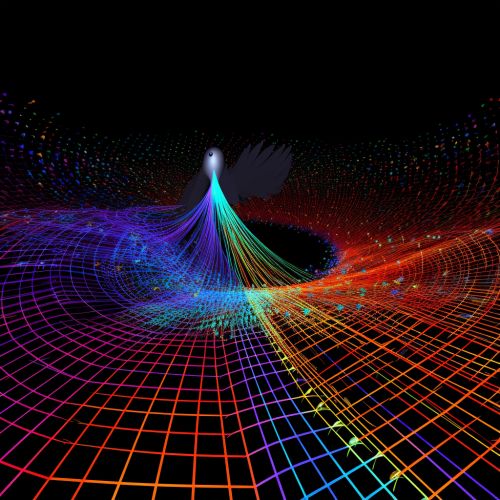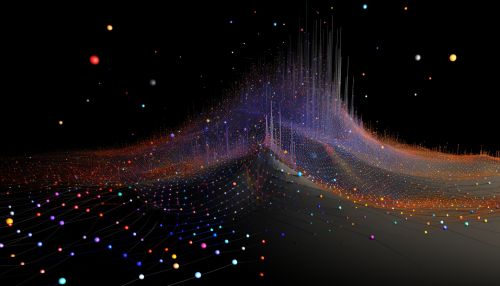Vector quantization
Introduction
Vector quantization (VQ) is a classical quantization technique from signal processing that allows the modeling of probability density functions by the distribution of prototype vectors. It was originally used for data compression. It works by dividing a large set of points (vectors) into groups having approximately the same number of points closest to them. Each group is represented by its centroid point, as in k-means and some other clustering algorithms.
Mathematical Definition
The process of vector quantization can be defined mathematically. Given a set of data in a high-dimensional data space, vector quantization is the process of mapping this data into a finite-dimensional and discrete space of representation. The mapping is achieved by a function q, which assigns to each possible value x in the input space a value q(x) in the output space.


History and Development
Vector quantization was developed in the field of data compression and signal processing. It was first proposed by Robert M. Gray in 1980 as a method for designing quantizers for low bit-rate speech coding. Since then, it has been applied in various fields including image processing, speech recognition, and neural networks.
Applications
Vector quantization has a wide range of applications in various fields. It is primarily used in data compression and signal processing, but it is also used in other areas such as pattern recognition, machine learning, and artificial intelligence.
Data Compression
In data compression, vector quantization is used to reduce the amount of data needed to represent a digital image or sound file. It does this by grouping similar data and representing each group with a single value, which reduces the overall amount of data.
Signal Processing
In signal processing, vector quantization is used to quantize signal vectors into a finite number of regions. This is useful in many applications, such as speech and image coding, where it is important to reduce the amount of data needed to represent a signal.
Pattern Recognition
In pattern recognition, vector quantization is used to classify input data into a finite number of classes. This is useful in applications such as image and speech recognition, where it is important to classify input data into a finite number of categories.
Machine Learning and Artificial Intelligence
In machine learning and artificial intelligence, vector quantization is used to reduce the dimensionality of data. This is useful in applications such as neural networks, where it is important to reduce the amount of data needed to train a model.
Advantages and Disadvantages
Like any technique, vector quantization has its advantages and disadvantages. Understanding these can help in deciding when to use this technique.
Advantages
One of the main advantages of vector quantization is its simplicity. It is a straightforward technique that can be easily implemented.
Another advantage is its efficiency. Vector quantization is a very efficient technique for data compression and signal processing, as it can significantly reduce the amount of data needed to represent a signal or image.
Disadvantages
One of the main disadvantages of vector quantization is its lossy nature. Since it groups similar data and represents each group with a single value, some information is inevitably lost in the process.
Another disadvantage is its sensitivity to noise. Vector quantization can be affected by noise in the input data, which can result in inaccurate quantization.
